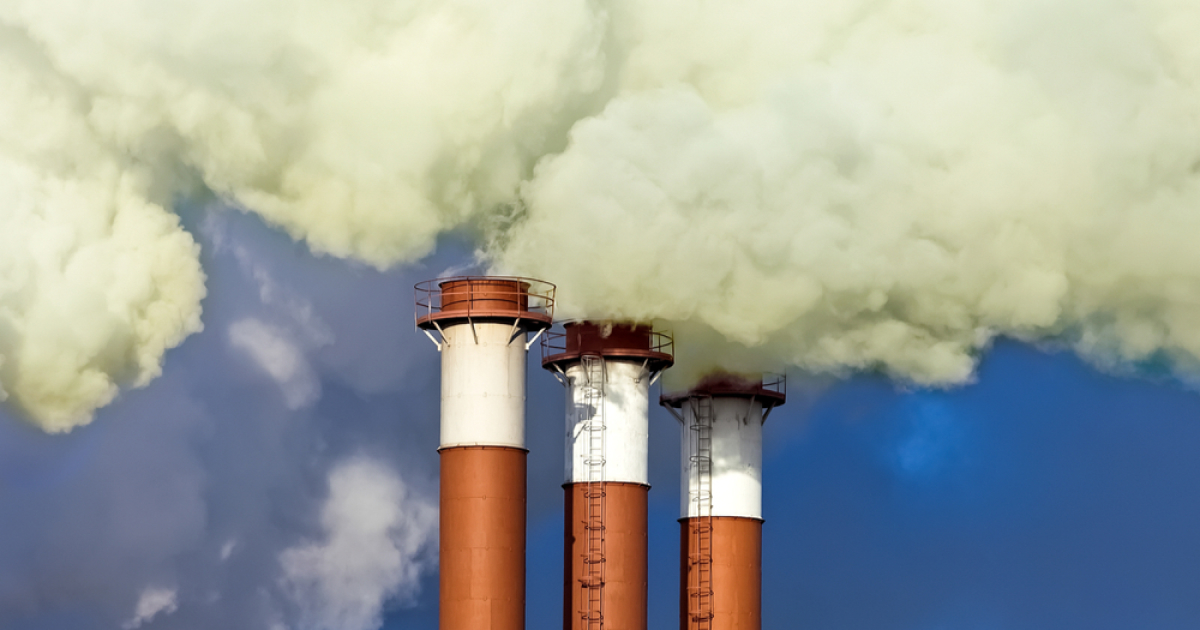
News Global Market EU 783 16 November 2023
The largest source of emissions was the processing industry – 23.5% of the total volume
In the second quarter of 2023, the European Union reduced greenhouse gas emissions by 5.3% compared to the same period in 2022 – to 821 million tons (CO2 equivalent). Over the same period, EU GDP remained stable, registering a slight fluctuation (+0.05% y/y). This is evidenced by Eurostat data.
During this period, the largest source of emissions was the manufacturing industry – 23.5% of the total. Households accounted for 17.9% of emissions, the electricity and gas supply sector – 15.5%, agriculture – 14.3%, and the transportation and storage sector – 12.8%.
Compared to the second quarter of 2022, emissions decreased in 6 out of 9 sectors of the economy. The largest reduction was recorded in the electricity and gas supply sector (-22% y/y). At the same time, emissions in the transportation and storage sector increased by 1.7% y/y.
During the period, greenhouse gas emissions decreased in 21 EU countries. Growth was recorded in Malta (+7.7% y/y), Latvia (+4.5%), Ireland (+3.6%), Lithuania (+3.0%), Cyprus (+1, 7%) and Croatia (+1.0%). Among them, four had GDP growth: Malta (+3.9% y/y), Croatia (+2.6%), Cyprus (+2.2%) and Lithuania (+0.7%).
The largest reductions in greenhouse gas emissions were recorded in Bulgaria (-23.7% y/y), Estonia (-23.1%) and the Netherlands (-10.3%).
Out of 21 EU countries that reduced emissions, 10 recorded a drop in GDP, including Estonia, Hungary, Luxembourg, Sweden, Austria, Czech Republic, Poland, Finland, Germany, and the Netherlands. Italy maintained GDP at the level of the second quarter of 2022 and reduced emissions.
Ten EU countries – Denmark, France, Belgium, Slovenia, Slovakia, Bulgaria, Portugal, Spain, Romania, and Greece – managed to reduce emissions while increasing GDP.
As GMK Center reported earlier, as predicted in July 2023, European carbon prices will remain under pressure in the next 6-12 months amid declining demand due to the economic downturn. During this period, they could fall to €70-75/t if gas prices fall. At the same time, Riham Wahba, Senior Analyst at Vertis, believes that in the next two years, the carbon market will move towards about €110/t in 2025, and then there will be an explosion in price – it will reach €150/t by 2030.




